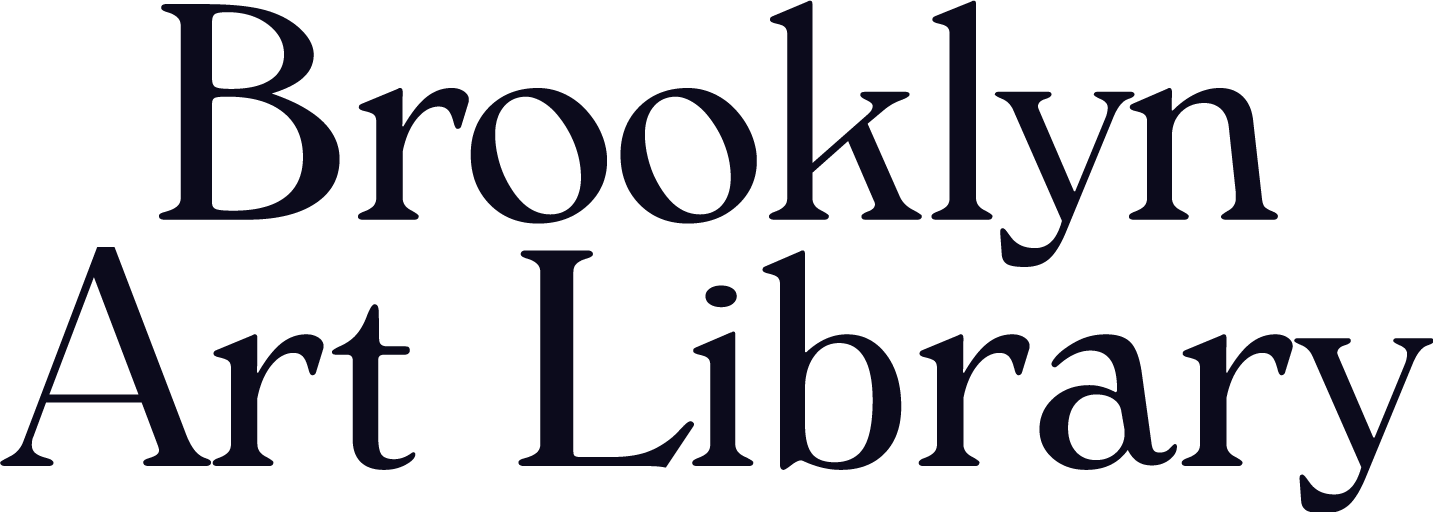Small Talks: Michelle Yee
Michelle Yee is a photographer and writer currently based in San Francisco. A veteran of the industry, Yee has worked on projects for VICE and Mercedes Benz, collaborated on a series of short films about quarantine for The Journal Collective, and was one of seven co-founders of Toronto-based feminist photo collective SOFIA (Society of Females in Art). Along with commercial work, Yee’s work has been exhibited in Black Cat Artspace and Scotiabank’s CONTACT Photography Festival among others. In 2019, Yee published her first book, After That August, a poignant photographic memoir about finding love after divorce. Yee’s body of work is profoundly beautiful, with images full of deep emotionality and rich experiments in color and light that pull you right in. You can keep up with her creative practice on Instagram and Twitter.
On February 24th, 5pm EST, Michelle will lead a workshop on mixed media collage as part of our February workshop series.
Let’s start with your 2013 sketchbook of collages, which you completed in collaboration with your niece Sol Lanzillotta. Could you talk about the process behind creating the book?
When Sol was younger, we used to spend a lot of time doing arts and crafts together. When the Sketchbook Project brought the Mobile Library to Toronto in 2012, I knew she would be as enthralled as I was. I asked if she wanted to collaborate on a sketchbook and she immediately said yes—a decision that I’m tremendously grateful for because I’m not sure I would’ve tried it without her. She possessed a fearlessness and a willingness to attempt new things that I didn’t really have at the time.
The sketchbooks I tended to gravitate towards had some kind of unifying element. Knowing that we needed some kind boundary to give our book a shape, I suggested we commit to a limited palette of black, white, & gold, which she thankfully agreed to since I only had a loose idea of what we might do.
I had just recycled a bunch of magazines so didn’t have a lot of materials lying around. I pulled images from whatever miscellany was delivered to my house, including mailers from Gap, a Costco catalog, and the newspaper. We went on some ‘field trips’ to specialty paper stores for supplies and then to places with a photocopier where we would play with shrinking and enlarging our images.
The book got to live with me during this time, so whenever inspiration hit, I would open up to a random place in the book and just start a spread. We had a lot of FaceTime calls during this process, where I’d ask for her feedback and input, and we’d talk about what direction to go in from there. We didn’t work through the book from start to finish, which made the process feel very organic. We also had dates where we would spend afternoons working on the book together. She was mostly game for everything and the only time she seemed to lose any steam was the one time we had to close-cut about a dozen running leopards.
While neither of us had ever worked on a project like this before, I knew the time would pass quickly so I tried to set a goal of finishing at least one double-page spread per week. We made fairly steady progress but with both our busy schedules (me with freelance work and her with school, dance, and soccer), it was still a push at the finish line.


Oftentimes, the most daunting part of a sketchbook is filling that first page. Did you find that working with someone made the creation of those first spreads feel less intimidating?
Partnering with a young person on this project was the best thing I ever could’ve done. Because she was only 8 or 9 at the time, she would only willingly do things that were fun. As the adult in this equation, if I wanted the experience to be positive, I had to keep my focus on the experimentation and play part of it. I may have guided the project but it really was Sol who brought the fearlessness and the fun. That first blank page would not have ever gotten filled if it wasn’t for that.
Along with writing and collage work, you are a prolific photographer. How does sketching and keeping sketchbooks play a role in your creative process?
Sketching and sketchbooks are definitely an important part of my practice. Whenever I have a photo project in mind or I’m preparing for a shoot, in addition to journaling about them, I also like to make rough sketches of my ideas. I also like to use sketchbooks as a sort of catch-all repository for inspiring quotes, magazine images, and rough outlines of ideas for future work.
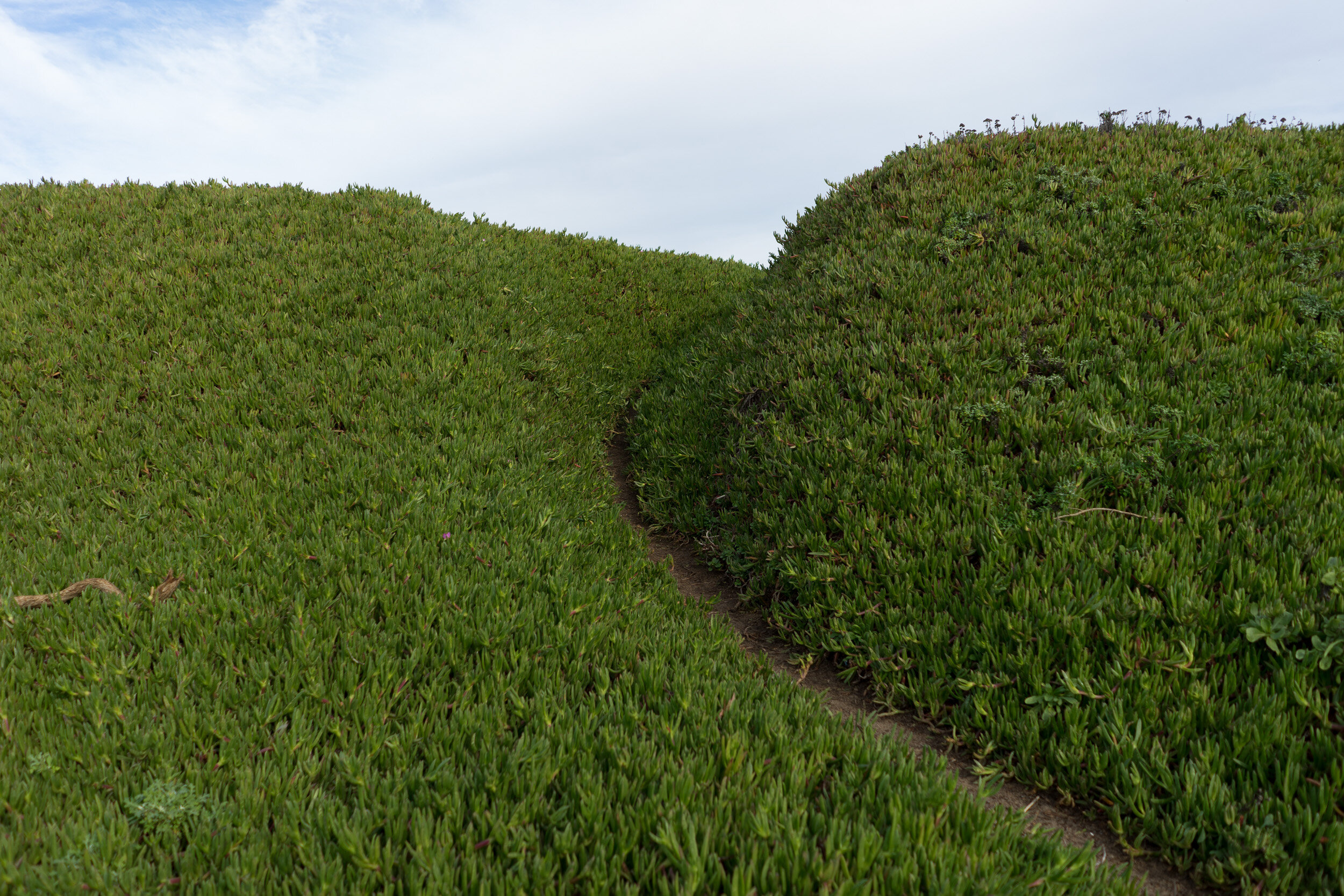
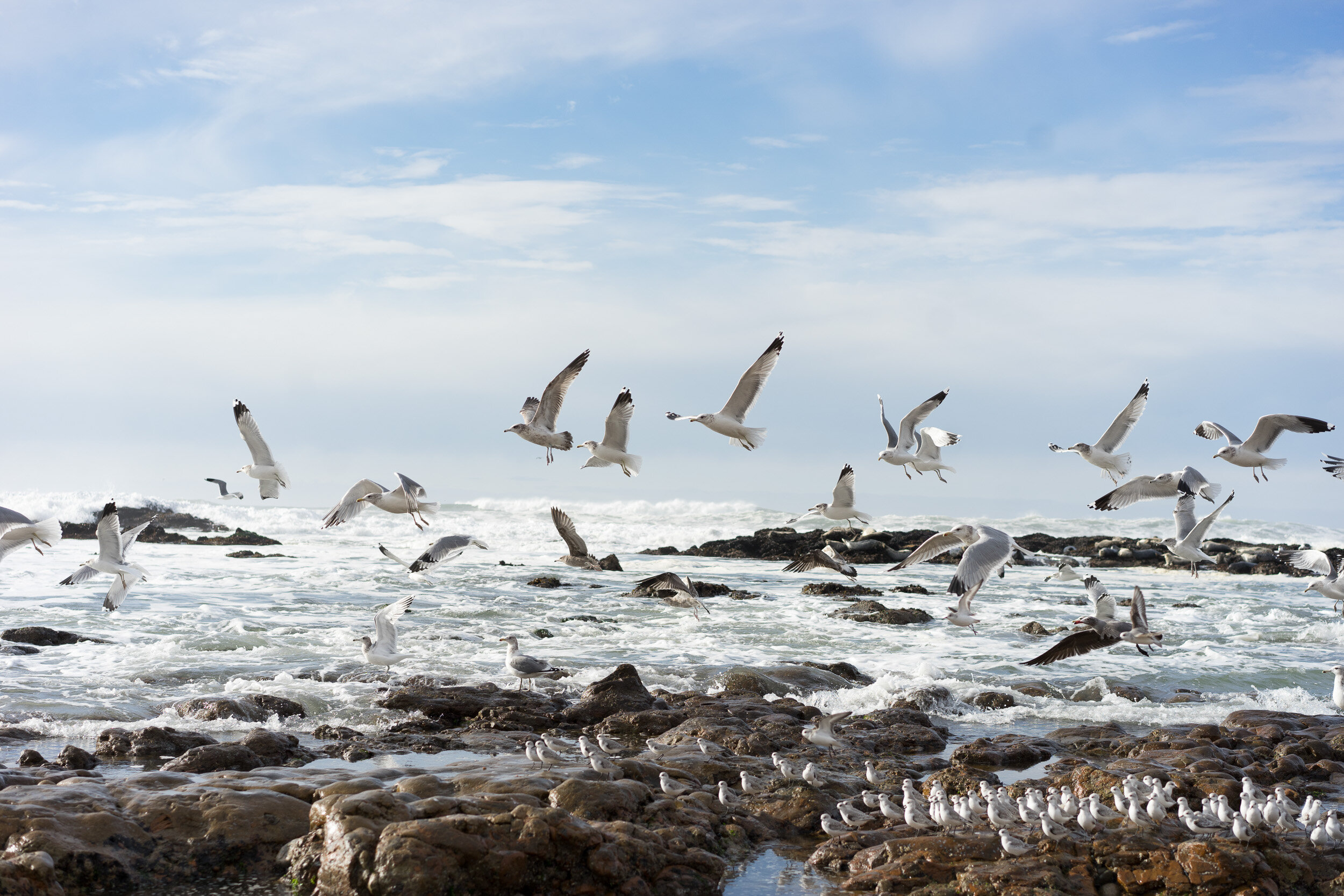
Do you consider collage to be a form of sketching?
I hadn’t thought of it that way before! I am most often collaging vision boards as I find it helpful to have a visual representation of what I’m working towards. So, in that way, collage can definitely be like sketching because both are tracing the outlines of something that I want to create.
When working on collage, do you incorporate your own images or do you prefer to work with found or vintage ephemera?
It is a long-held goal/dream of mine to collage with my own images but, so far, I’ve only tried it a few times. For now, I still work with whatever I can find.
You recently released your first book, After That August. How did this project come about? Could you speak about the process of compiling and taking these images?
Back in 2018, for the whole month of August, I went on a spur-of-the-moment, trip-of-a-lifetime to South Africa. After years of wishing and dreaming, I was finally going to set foot on the African continent. Something inside me shifted on that trip and, when I came home, I felt like there was a story in me that needed to come out. It was quite literally a feeling in my belly that I couldn’t suppress or put away. Eventually I started to ask myself: if I was ever going to tell this story, how would I do it?
Coincidentally, around that time, I was preparing to lead another collage workshop at the BAL! My contact at the library suggested I make a zine for the workshop. Because I had this story burgeoning inside me, I thought, okay I’ll make a zine! I’d never made a zine before but figured they were just like sketchbooks and at least I’d done one of those before.
I only had three weeks before I’d have to send it off for printing, so I sat down and gave myself full permission to tell the story the way I wanted to tell it. I told myself I could make it into whatever I wanted it to be. The story flowed out of me and it felt very natural to weave photos in with the text. The photos were not only taken over the same period as the story itself, but they also conveyed feelings or emotional states that I didn’t have words for. Three weeks later, my ‘zine’ was 168 pages, and that’s how After That August came into being.
In your photographic practice, do you find that the camera’s eye acts like an extension of your own feelings? Do you find that your style has changed over the years as you’ve travelled and moved between Canada and the United States?
I am definitely an emotionally-driven image maker. Photography has the power to communicate the ineffable and I’ve always felt motivated to capture emotional truths, in whatever I do. If anything, I think the thing that needed to evolve was the courage to share those true feelings.
You’ve worked as a commercial photographer, taking on projects for VICE, Associated Press UK, BUST Magazine, Mercedes Benz, among many other clients. How do you find the time to balance these assignments with your personal creative work?
I write in my journal every morning. This is my non-negotiable daily creative practice. No matter what time I start the day, my journal gets the first 45 minutes of it and this is what sustains me. Even if I’m in the middle of a multi-day commercial project, every day starts with that safe and private space with myself, my thoughts, and my journal.
As for those stretches in-between jobs, I see those windows of time as my golden opportunities to focus on personal work and then the challenge is to just try and use as much of it productively as I can.
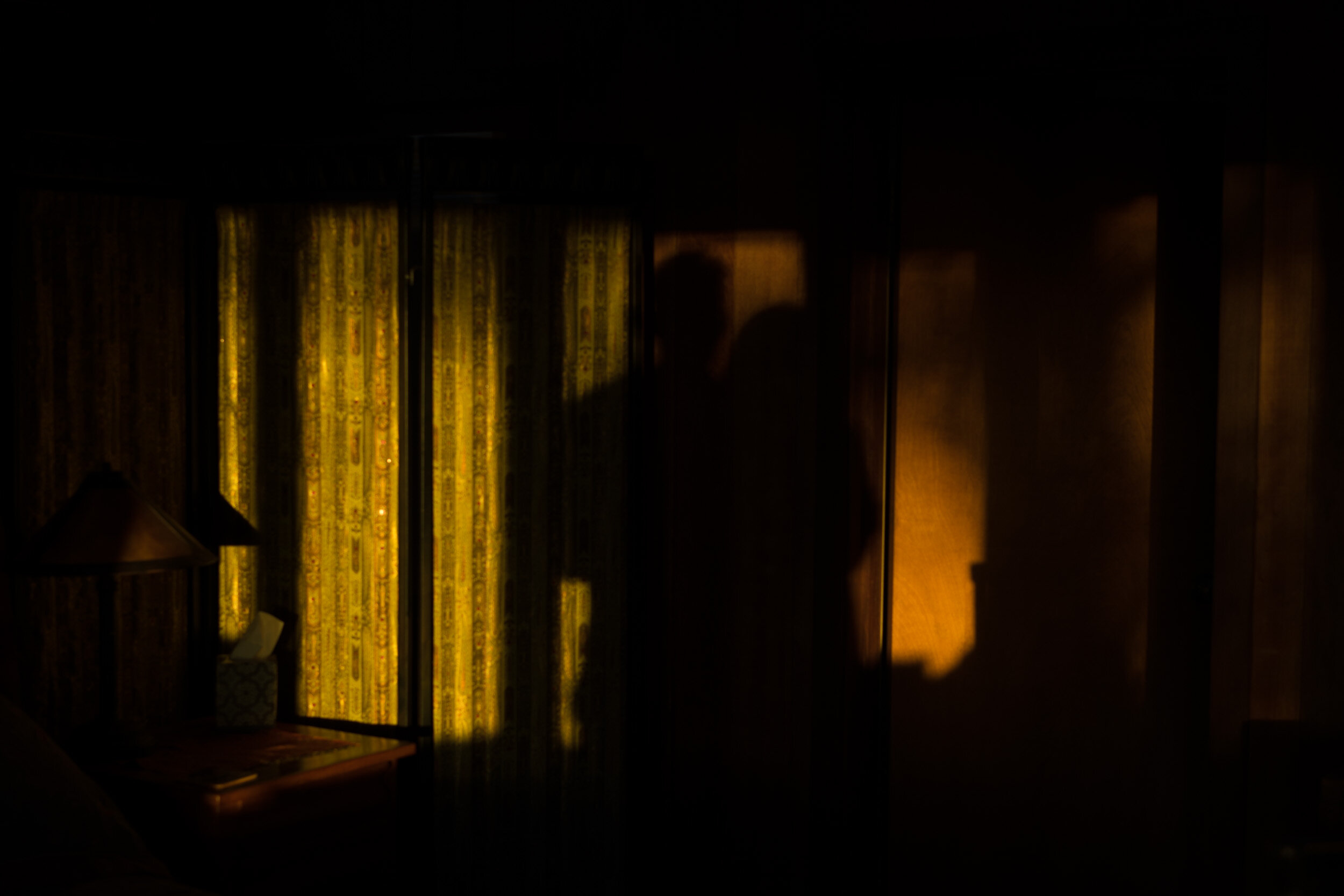
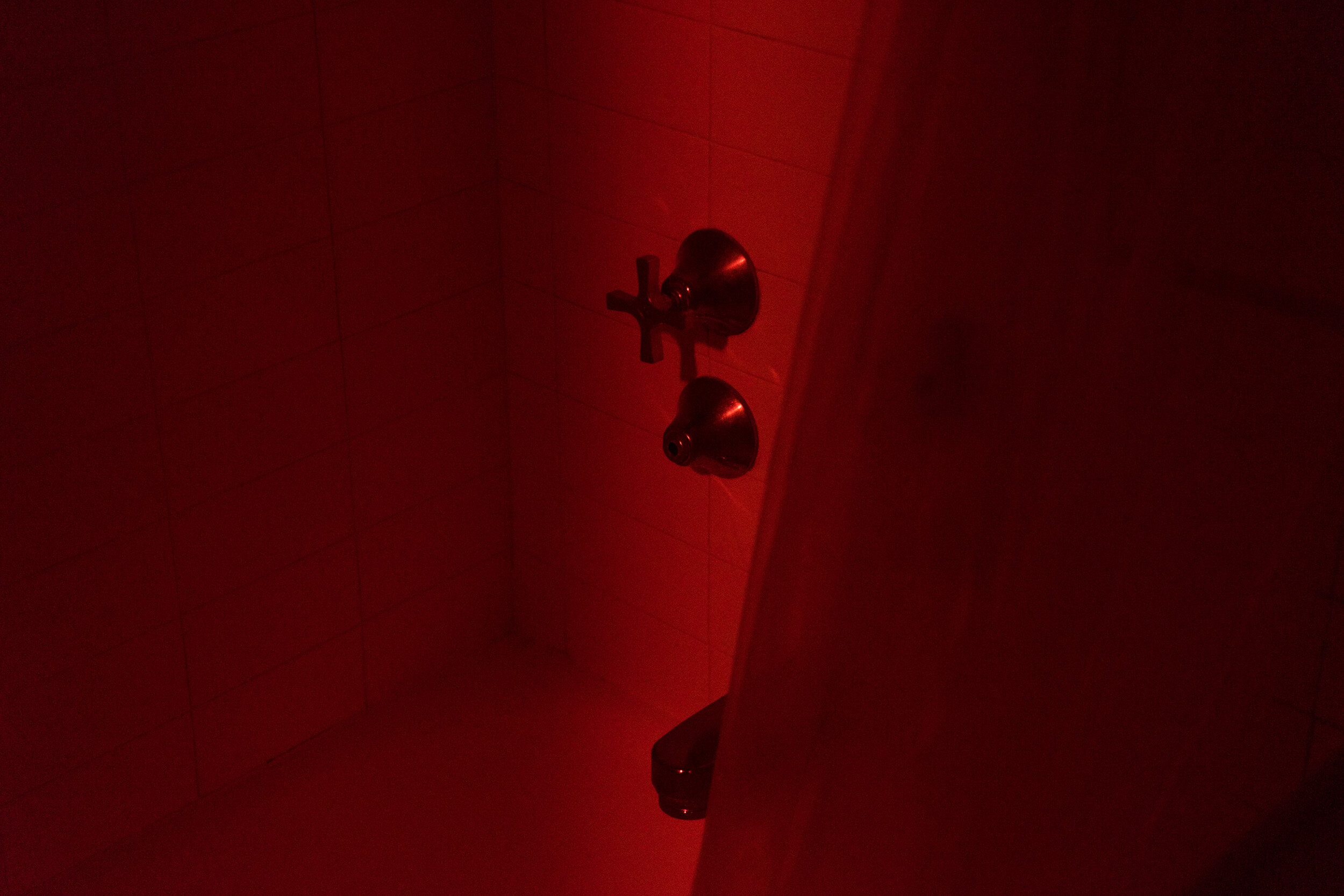
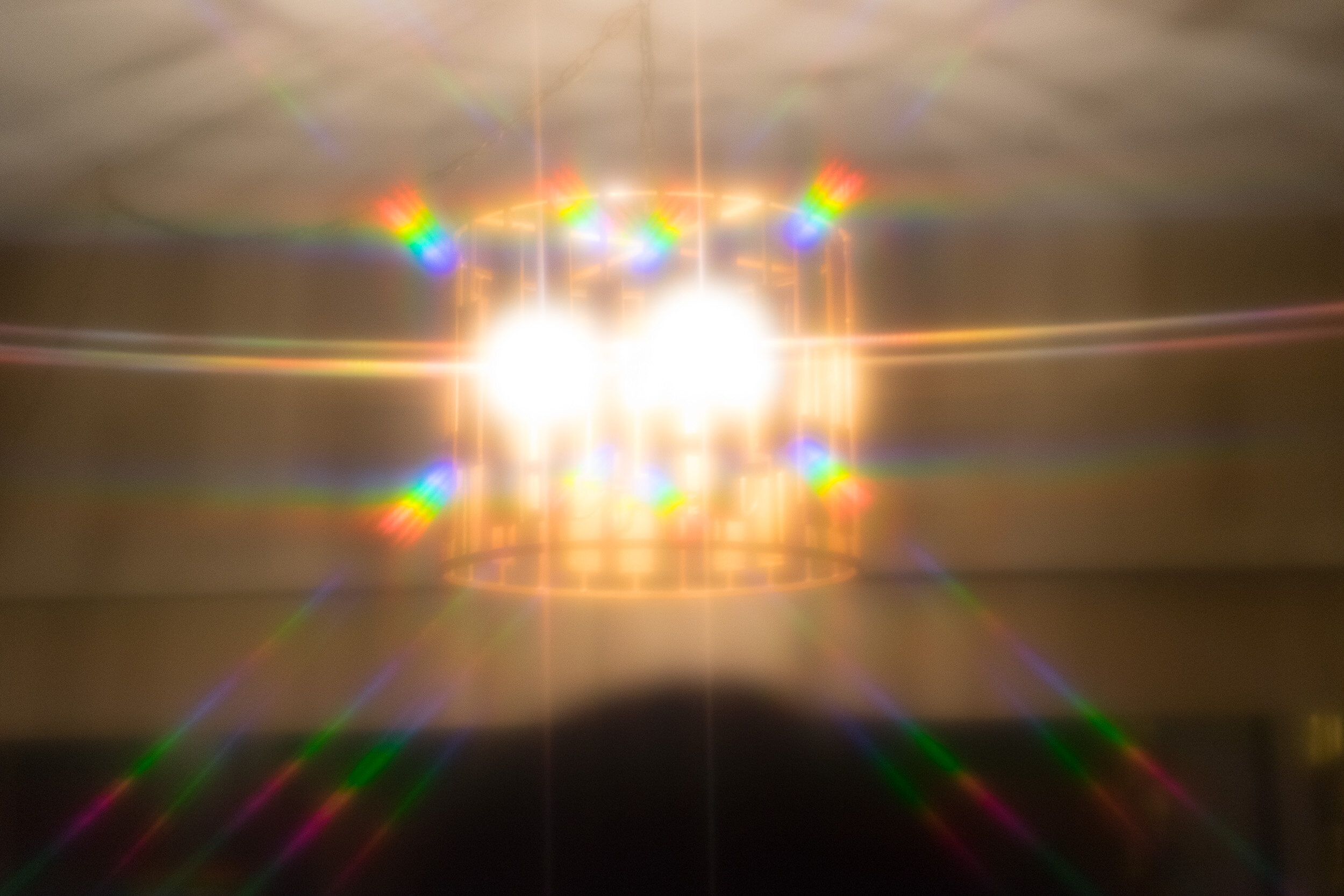
Do you have any advice for budding photographers who are hoping to take on commercial projects and build their portfolios?
One of my writing mentors, author and educator Sarah Selecky, says to write what we want to read. I think the same holds true for photographers. You should be shooting the kind of work you want to be hired for, and be endeavoring to make as much of that work as possible. Most commercial clients will only hire the people they can fully trust to get the job done. Having done it already is your proof that you can do it.
In 2014, you were one of seven women who co-founded the collective, SOFIA. Do you feel that photography has become more welcoming to female photographers? Or is there still work to be done to ensure that female photographers, especially queer and female photographers of color, receive the same recognition and opportunities as their male counterparts?
Thankfully, there has been a lot of change since 2014. Women and their allies working in the industry began to take matters into their own hands and started to form organizations like Women Photograph and The Luupe, to name just a couple. These women-led organizations set a goal to promote and build awareness of the many talented women already working in the industry, as well as leverage our collective strength. They’ve created platforms to promote the work of women and non-binary photographers, as well as the opportunity to form communities where once-siloed professionals can connect, offer each other support, and share information.
Alas, there is still a great disparity in terms of who is hired to be behind the lens (Women Photograph offers some powerful statistics on this topic), but I’m an optimist. Change is afoot and I feel that there’s a real growing sense that we’re better and stronger when we come together, work to raise awareness, hold power to account, and collectively choose collaboration over competition.
You continue to work as a mentor and share your knowledge from your almost 20-year-long career. What’s the greatest piece of art-making advice you’ve ever received?
A quote that I frequently share with the emerging artists that I mentor is a quote from Austin Kleon’s book, Steal Like an Artist. I’m paraphrasing but the gist of it is this: “Steal from one person and you’ll be a thief. Steal from a thousand and you’ll be a genius.”
There was a time when I was afraid to look at other people’s art and read other people’s writing because I was afraid that their influence would lead to my imitation. This limiting belief led to the long-time self-denial of the immense joy that I get from reading and experiencing art.
Yes, at times, you will need to retreat into your cocoon to focus and make the work you need to make—but, in general, the more curious you are about the world, and the more you fill your own well, the more you will have to draw from.
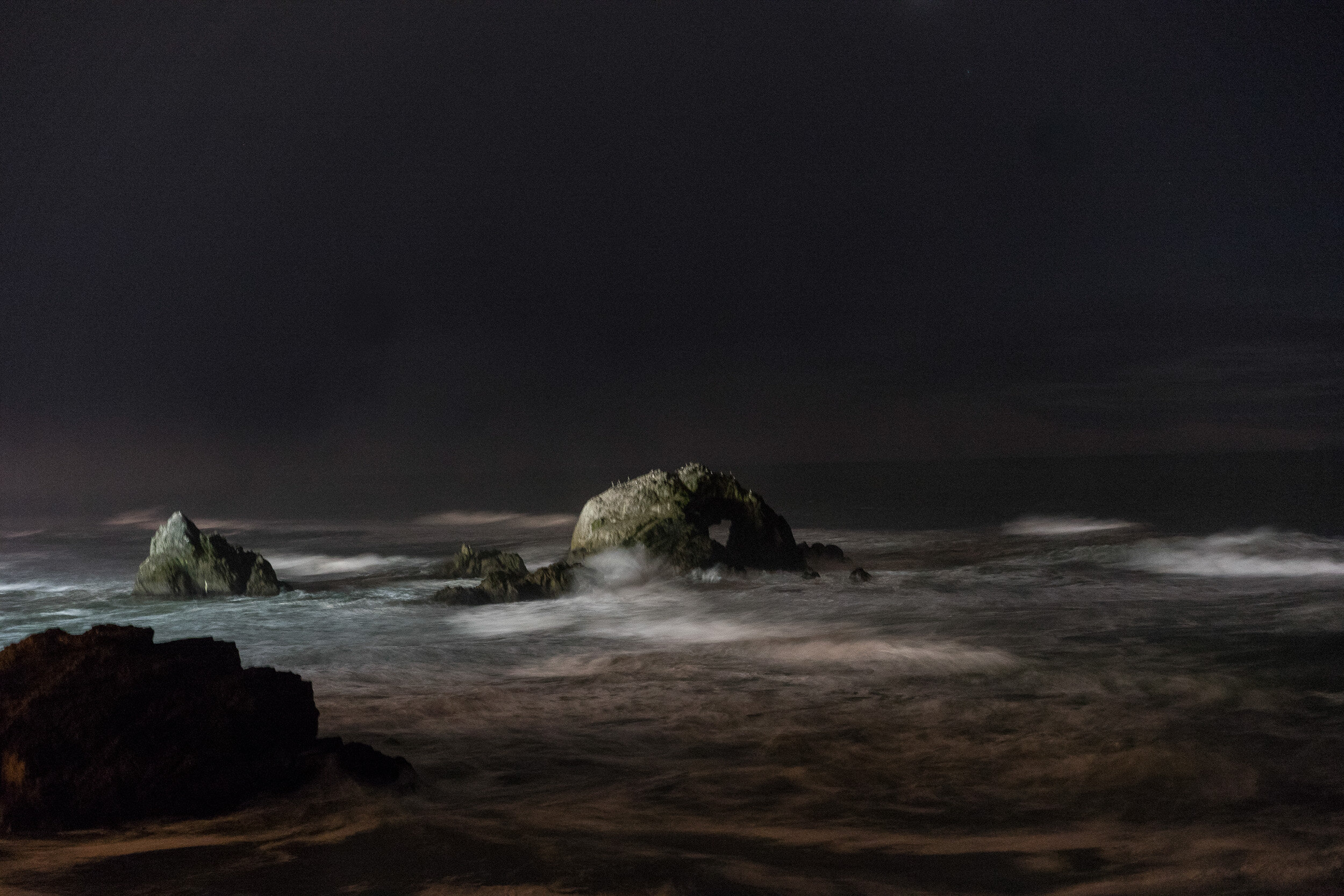
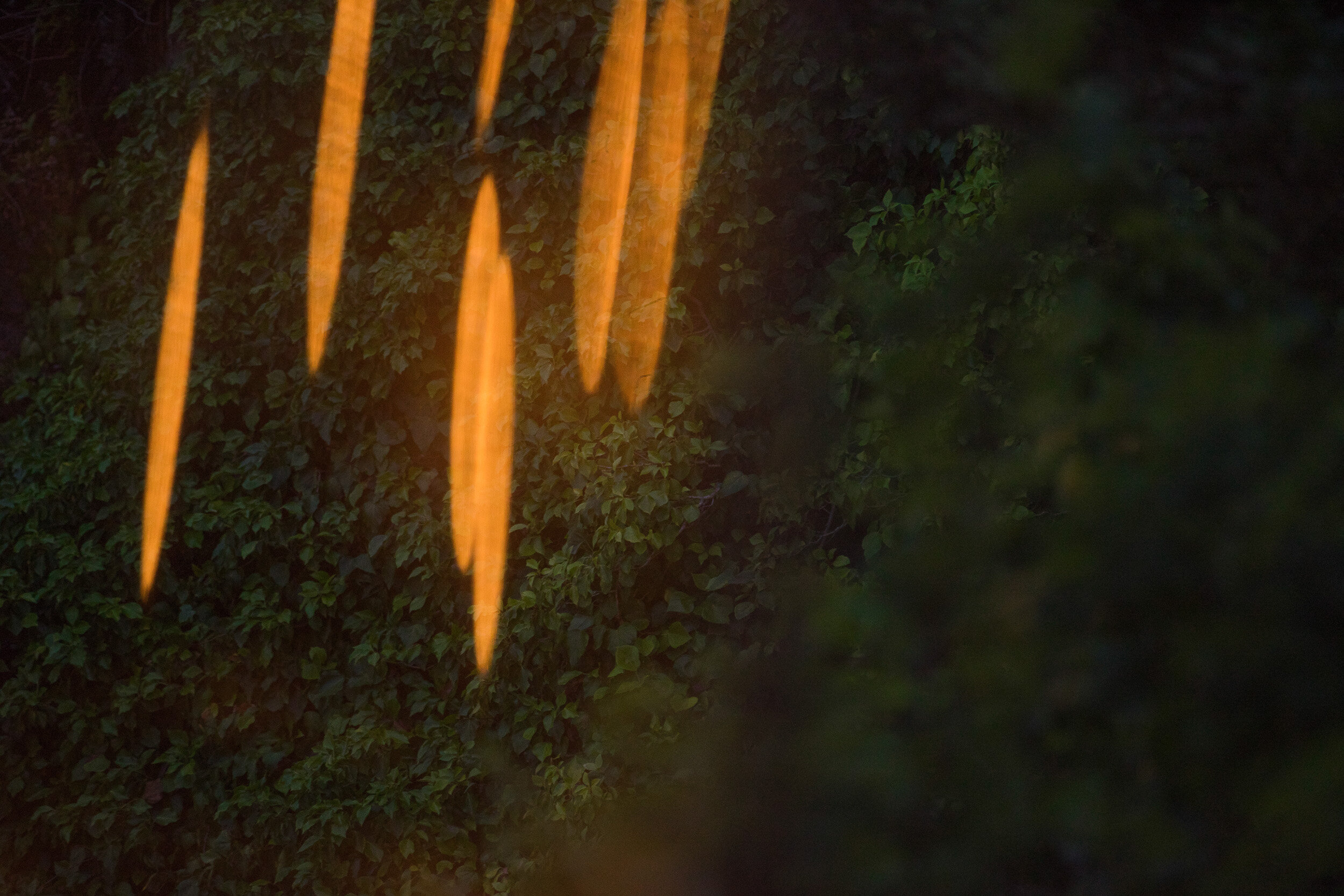
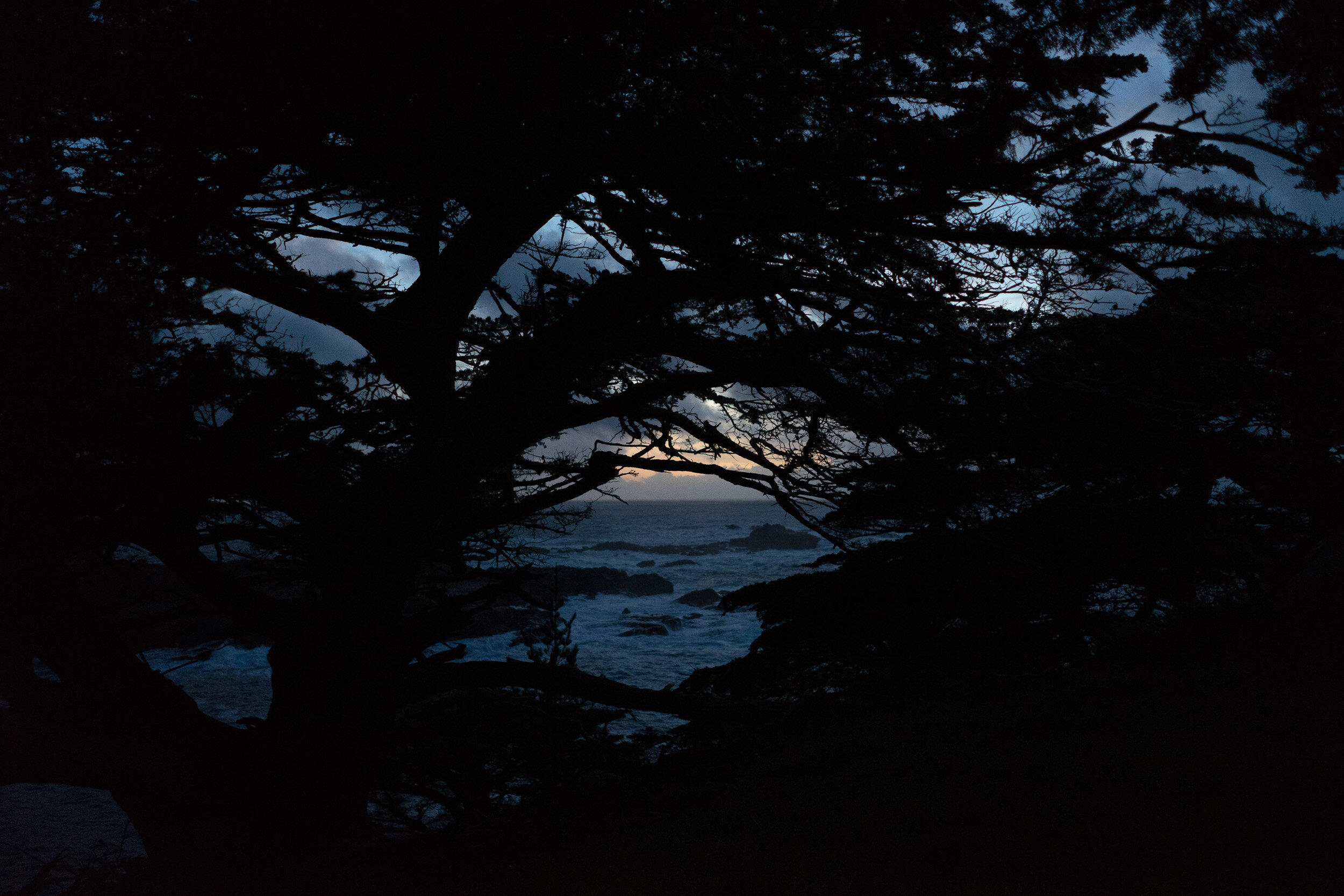
Who are some artists that influenced your own creative development?
So many! Sophie Calle, Leanne Shapton, Larry Sultan, Miranda July, and Dave Eggers.
Where do you find inspiration today?
I’m currently working on another memoir and doing a lot more writing these days, so at present I’m finding inspiration in books, short stories, and dreams.
How can people support your work?
People can buy my book, After That August, sign up for my newsletter, and follow me on Instagram.
